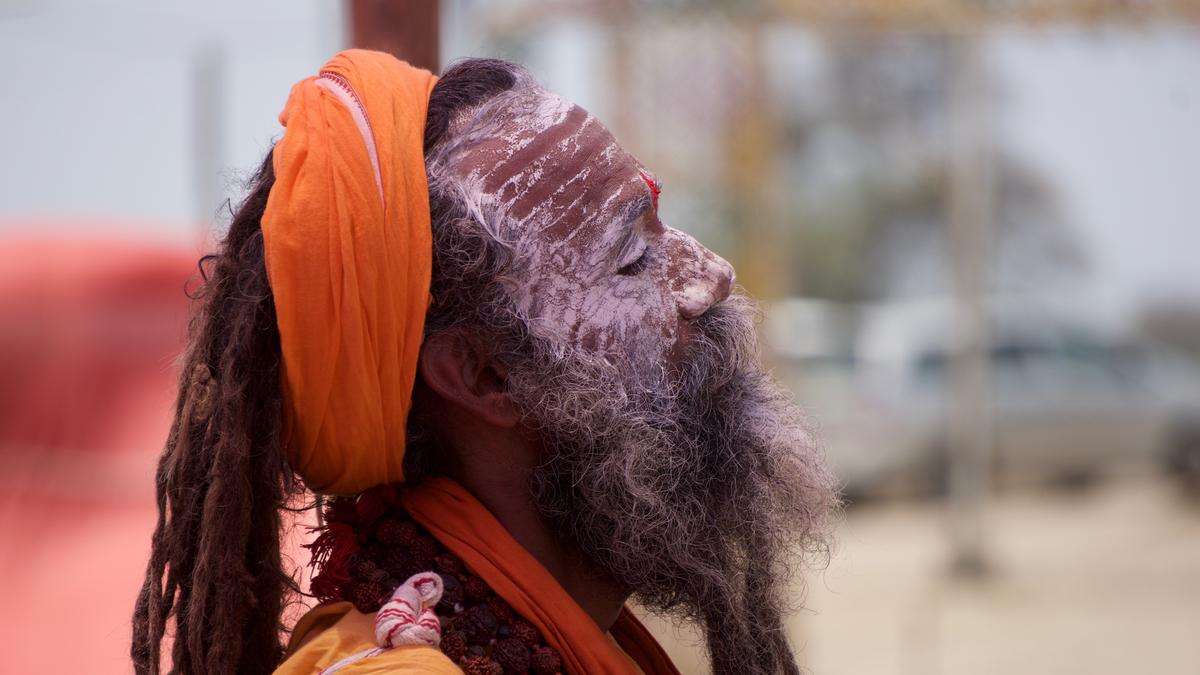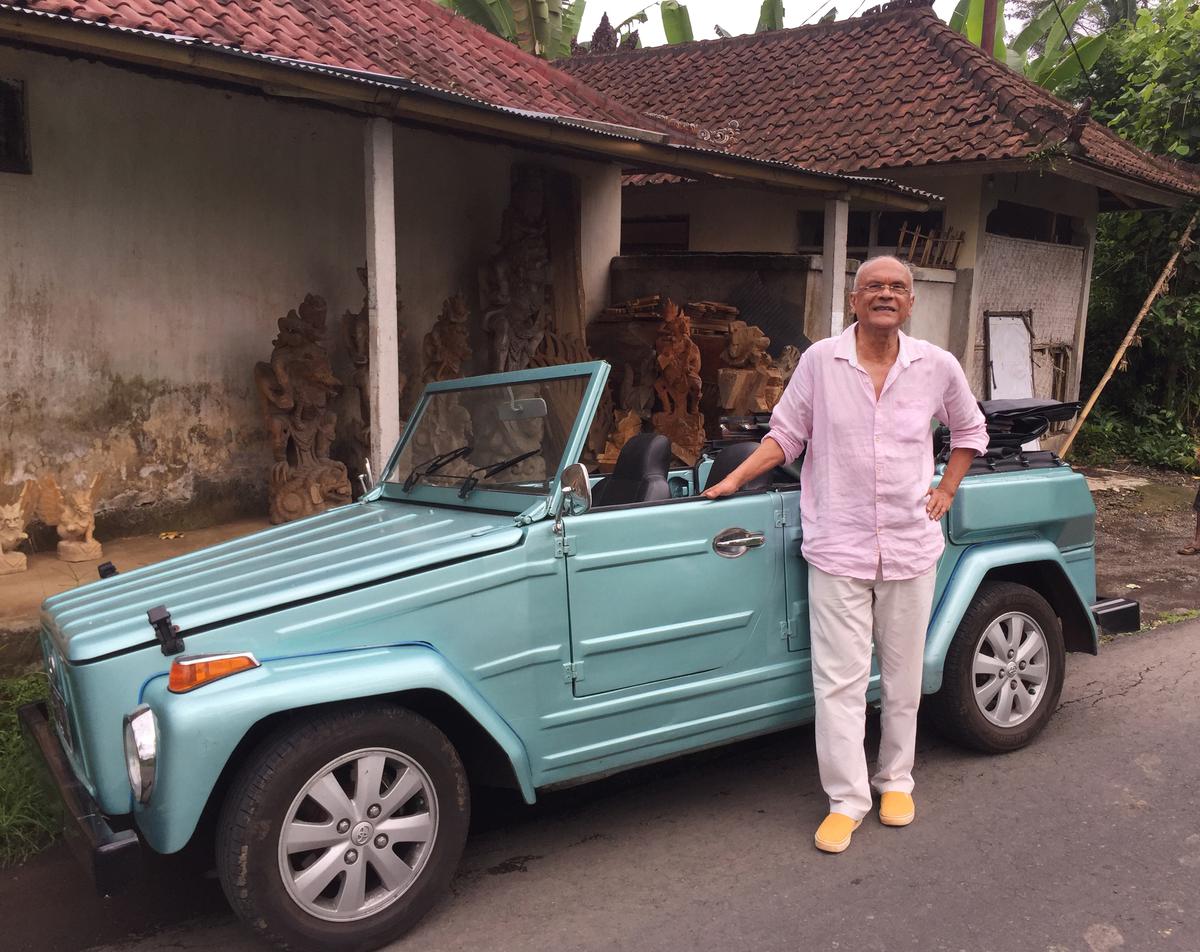Delhi turned into a “fairyland” as iconic public buildings, parks and railway stations dazzled with lights on the night of January 26, 1950, when India became a Republic three years after it won independence from the British rule.
The country erupted in celebration soon after Rajendra Prasad was sworn-in as India’s first President on the historic day and the very first Republic Day function was held at Irwin Stadium (now Major Dhyan Chand National Stadium) here.
Archival pictures and reports, drawn from the Parliament Museum and Archives, offering a glimpse of these jubilant scenes are on display at an exhibition at the ongoing New Delhi World Book Fair.
The theme for this year’s fair is ‘Azadi ka Amrit Mahotsav’ and a special pavilion traces India’s journey.
A report in “The Hindustan Times” with images of illuminated buildings, gardens and other public landmarks is among the rare exhibits.
Dated January 28, 1950, the report carries a collage of eight pictures captioned ‘Delhi by Night on Republic Day’ along with a detailed news item headlined ‘Capital Turns a Fairyland on Republic Day’.
The illuminated landmarks featured in the report include the legendary Clock Tower in Old Delhi.
The Clock Tower, built by the British in the 1870s, stood on the Chandni Chowk street with its imposing Gothic look in front of the erstwhile MCD headquarters till about 70 years ago. Though the ‘Ghantaghar’ is long gone, people still refer to the area by this name.
The collage in the 1950 report shows that Town Hall, India Gate, Rajghat, Municipal Gardens, fountains near Parliament, and Old Delhi railway station were also lit up on the occasion.
“After sunset, floodlighting and thousands of multicoloured lamps turned the capital into a fairyland and the vast crowds milled around with tireless energy,” the report reads.
Reports published in Hindi dailies ‘Hindustan’ and ‘Swatantra Bharat’ have also been displayed as part of the exhibition at the book fair which ends on March 5.
“At the most solemn ceremony, held in the brilliantly lit and high domes of Durbar Hall at Government House, India was declared a Sovereign Democratic Republic exactly at 18 minutes past 10 on the morning of Thursday, January 26, 1950. Six minutes later, Dr Rajendra Prasad was sworn in as President,” read a report in Fauji Akhbar (now Sainik Samachar) titled ‘Birth of a Republic’ on February 4, 1950.
“The birth of Indian Republic and the installation of its first President were announced by a salute of 31 guns shortly after 10:30 am,” it said.
A picture of Mr. Prasad’s oath-taking ceremony is also part of the exhibits.
The Parliament Museum and Archives has also exhibited some rare pictures of the Constitution Assembly of India and its members.
Parliament Museum and Archives exhibition on Drafting of the Indian Constitution. Photo: Twitter/@LokSabha_PRIDE
A group picture of members of the Constituent Assembly, taken on the Parliament premises, is also on display at the exhibition.
The photograph was taken by A. R. Datt & Sons Studios, one of the oldest studios in Delhi.
Studio founder A. R. Datt’s grandson Anuj Datt told PTI, “My grandfather used a panoramic camera at that time to capture such a large number of people in one frame. Delighted to know that the photograph taken by him has been displayed at the exhibition.”
The Constituent Assembly had its first meeting on December 9, 1946 in the August Central Chamber (Central Hall) of Parliament. It adopted the Constitution on November 26, 1949 which came into effect on January 26, 1950, signifying the birth of the Republic of India.
The exhibits include a monochrome photograph showing some of the members of the Constituent Assembly arriving to attend its first session and the text of the invitation that was sent out to its members by the Secretary of the Constituent Assembly.
Rare images of some of the Constituent Assembly members, including its President Rajendra Prasad, and India’s first Prime Minister Jawaharlal Nehru signing the Indian Constitution are also part of the exhibition.
The Parliament Library is also holding an exhibition of its books and photocopies of various rare documents.
Parliament Museum & Archives showcasing collections of National & International rare stamps. Photo: Twitter/@LokSabha_PRIDE
On display at this exhibition is a report published on November 27, 1949 — ‘Indian Constitution Adopted — End of Three-Year Task’.
A replica of the Indian Constitution encased in glass and a model of its architect B. R. Ambedkar have also been displayed at the exhibition.





